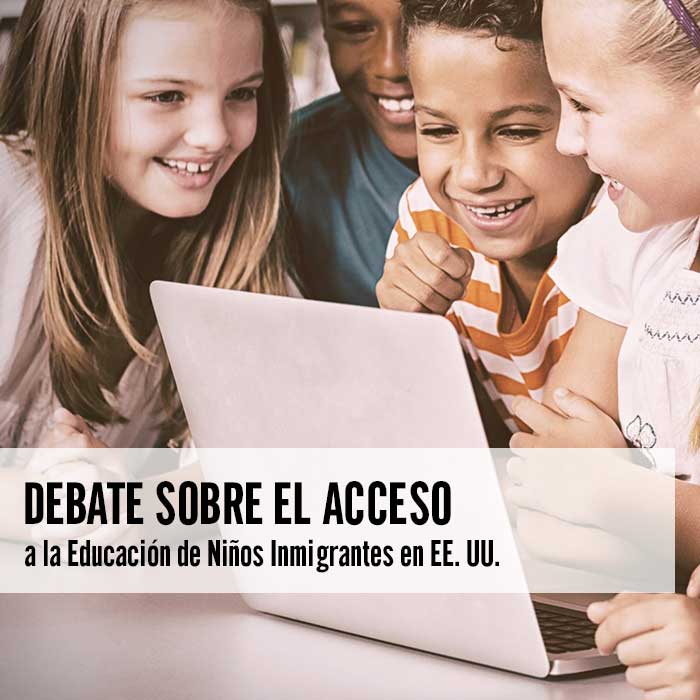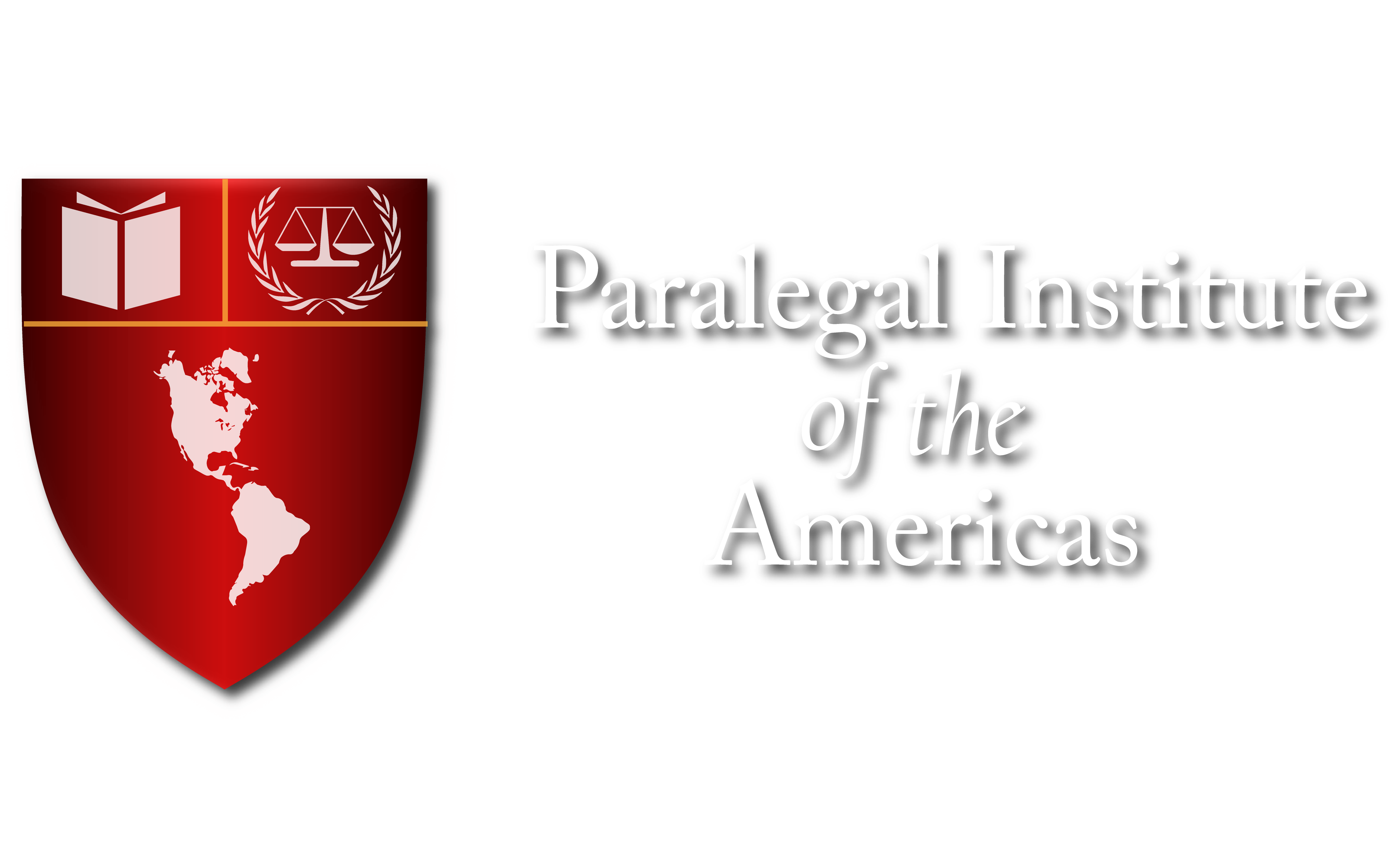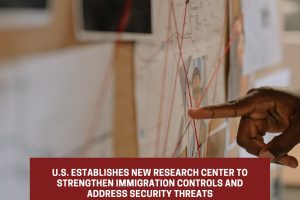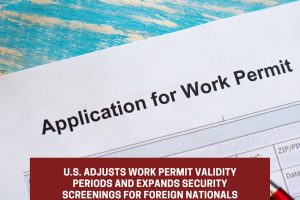
Debate on Immigrant Children’s Access to Education in the U.S.
In recent years, access to education for the children of immigrants in the United States has become an increasingly controversial issue. As school districts face logistical and budgetary challenges, some regions are implementing new policies that critics argue could restrict the right of these children to receive a public education. This debate has gained prominence in the context of immigration policies and the country’s economic situation, becoming a central topic in U.S. political discussions.
New Policies in School Districts
In Massachusetts, the Saugus school district has been at the center of attention after approving a policy that requires students to provide proof of legal residency in order to enroll. Local authorities defend this measure as a way to ensure that students live within the district, which they claim streamlines the enrollment process. However, civil rights groups have expressed concerns that these new regulations could negatively impact immigrant families, especially those who cannot provide the required documentation.
Saugus is not alone in this approach. Several states, including Oklahoma, Texas, and Tennessee, are discussing similar policies that could restrict access to public education for children from families without legal residency. These measures are facing the protection granted by the 1982 Supreme Court ruling in Plyler v. Doe, which established that all children have the right to public education, regardless of their immigration status.
You might also be interested in reading: “Impact of the U.S. Elections on Trade and Tariffs in Latin America”
Impact of Restrictions on Public Education
Nationally, the impact of immigration on schools has been a topic of debate for years. In communities with high concentrations of immigrants, schools often face overcrowded classrooms and limited resources. Despite these challenges, many organizations and school districts defend access to education for all children, arguing that restricting the right to education would not only violate federal laws but also have long-term social and economic consequences.
However, some conservative politicians, such as Texas Governor Greg Abbott, have questioned whether the federal government should bear the costs associated with educating immigrant students. In this regard, several reforms have been proposed to limit educational benefits for families without legal residency, sparking concern among immigrant rights advocates.
Political and Judicial Implications
The debate over immigrant children’s education also has a strong political component. With the upcoming presidential election, immigration is a central topic of discussion. Some conservative sectors are pushing for a review of the Plyler v. Doe ruling, advocating for a more restrictive interpretation of immigrants’ rights in the country. This stance could find support in a conservative-leaning Supreme Court, which in recent years has reconsidered several important legal precedents.
Nevertheless, several school districts and civil rights organizations continue to fight for the inclusion of immigrant children in the education system. They argue that education is a fundamental right and that policies aimed at excluding immigrants could have significant legal consequences.
Conclusion
Access to education for immigrant children in the United States is a complex issue that combines legal, political, and social considerations. As more states consider implementing policies that require immigration documentation, this debate is likely to grow in the coming years. The resolution of these challenges will not only affect immigrant families but also the future of public education in the country.
For more information on these topics, visit Paralegal Clases’ social media pages and join our live sessions every Wednesday.
Instagram: @Paralegalclases
Facebook: Instituto Paralegal de las Américas
Youtube: Instituto Paralegal
Tiktok: @Paralegalnews



